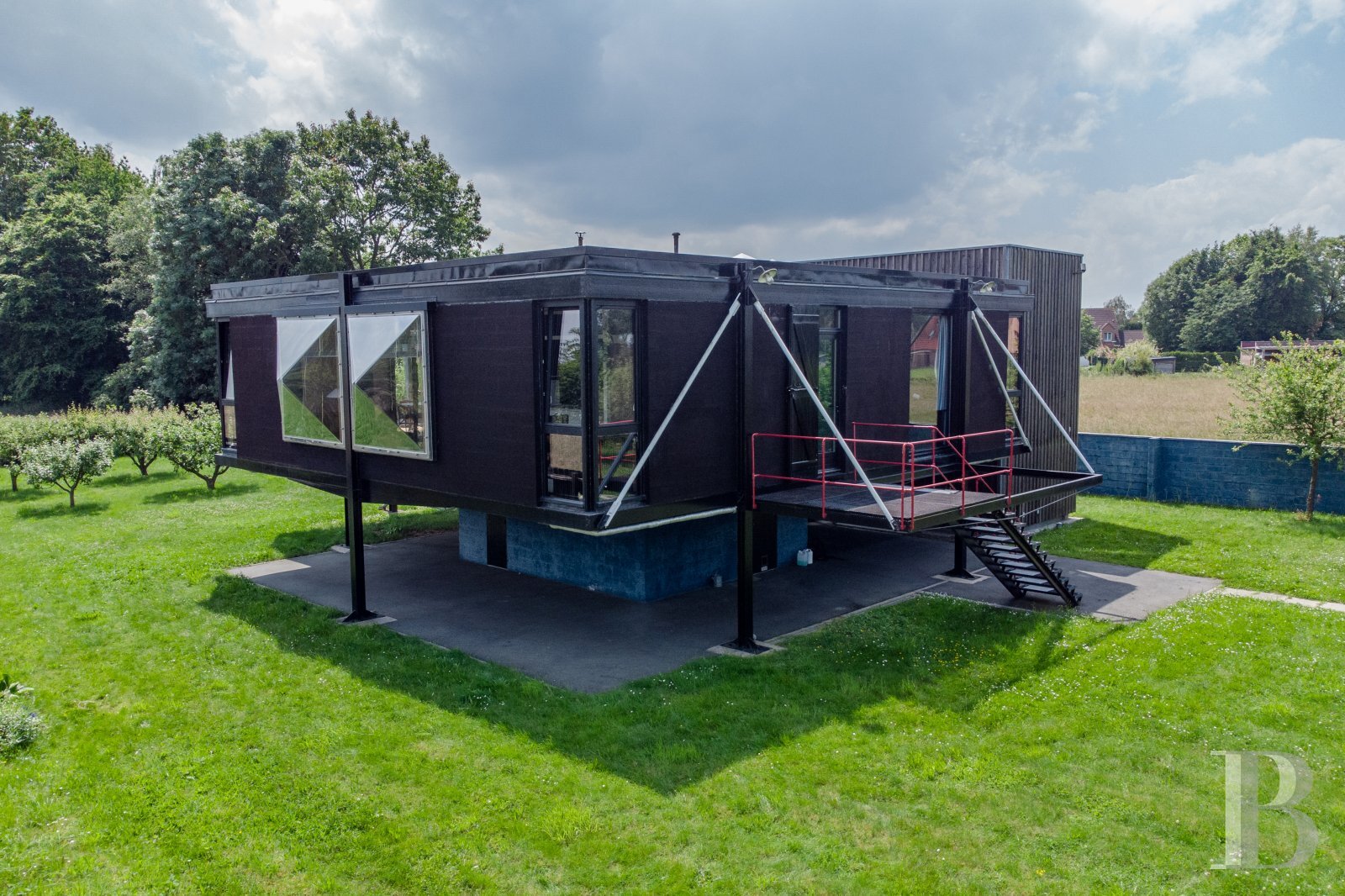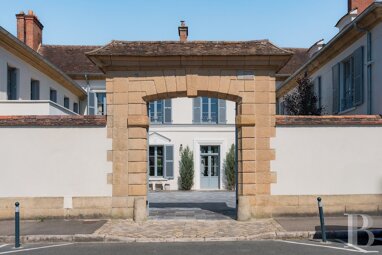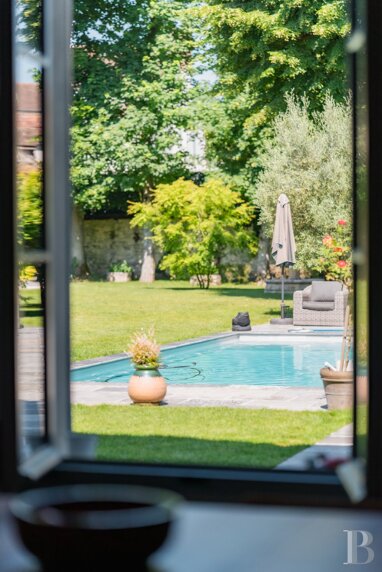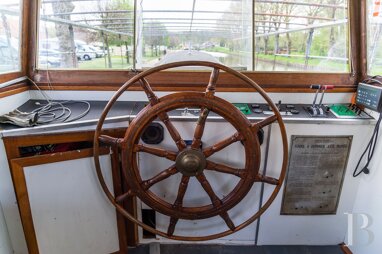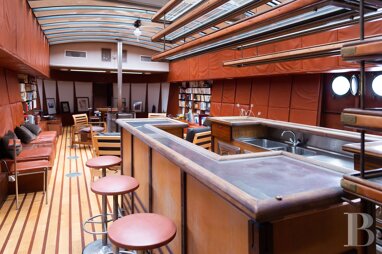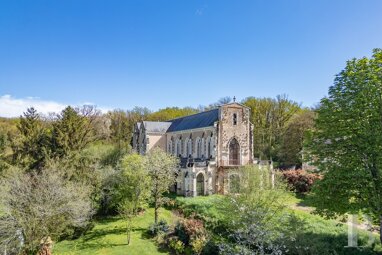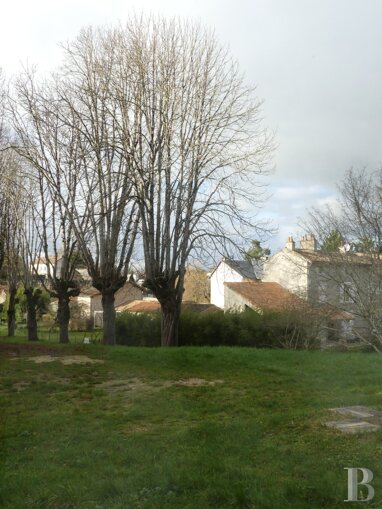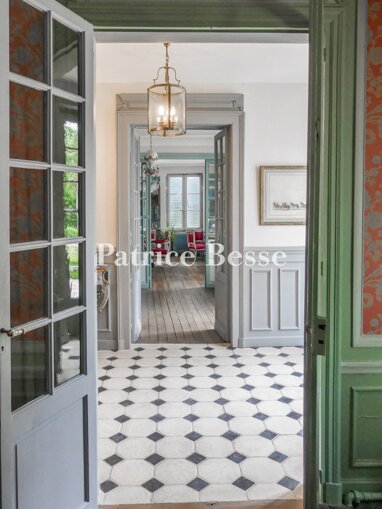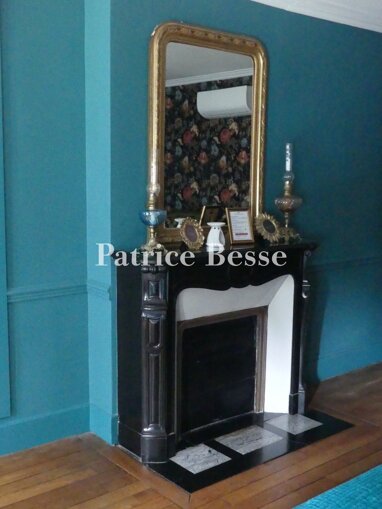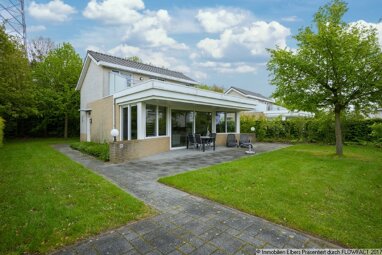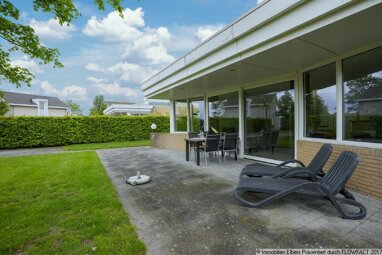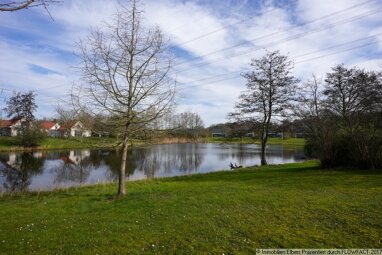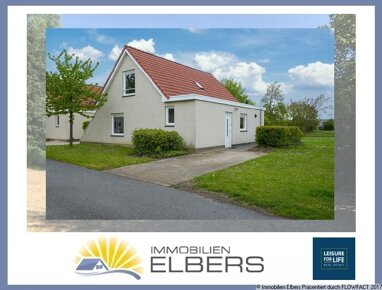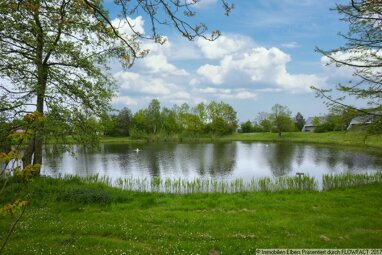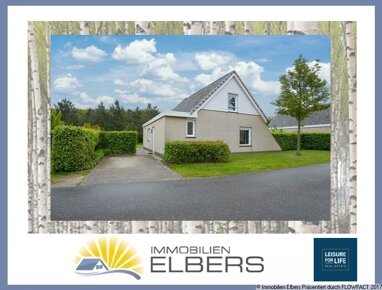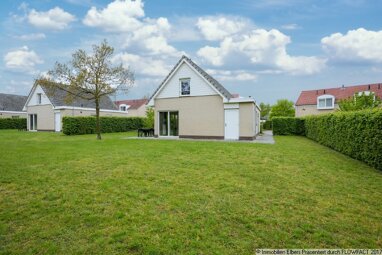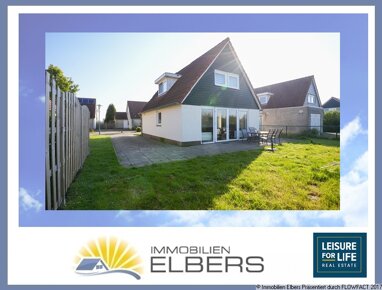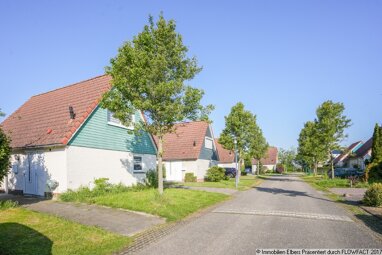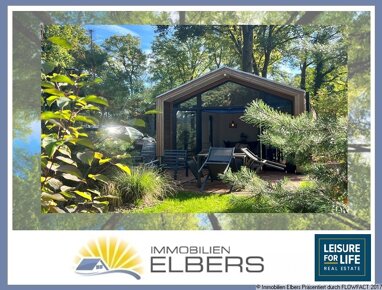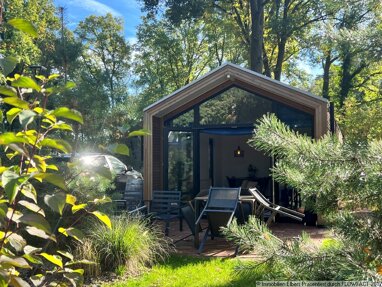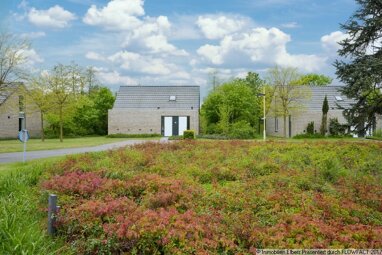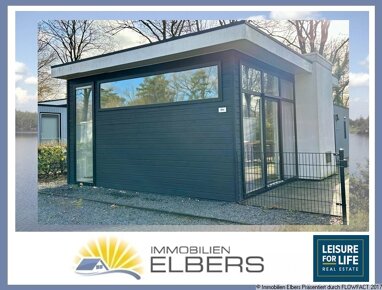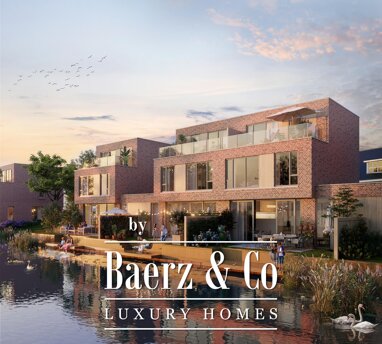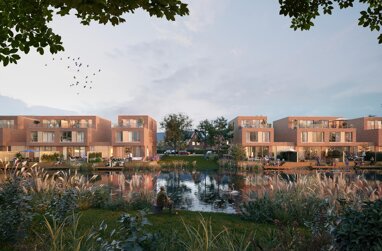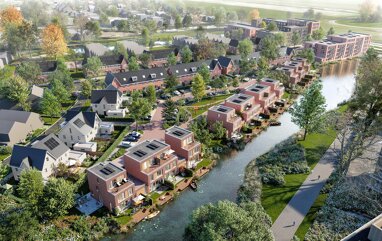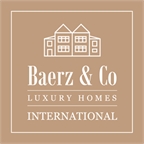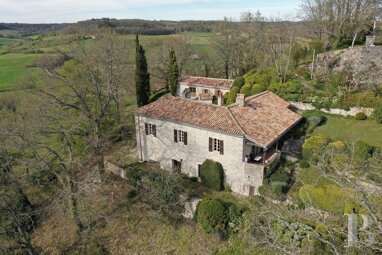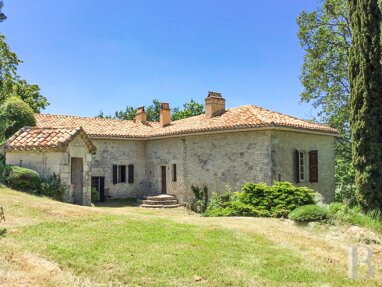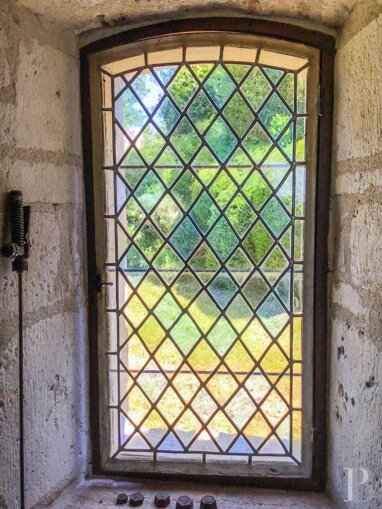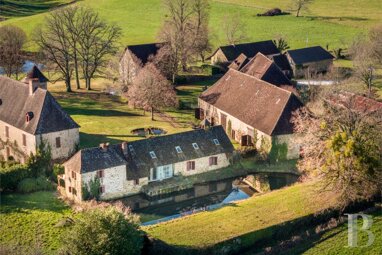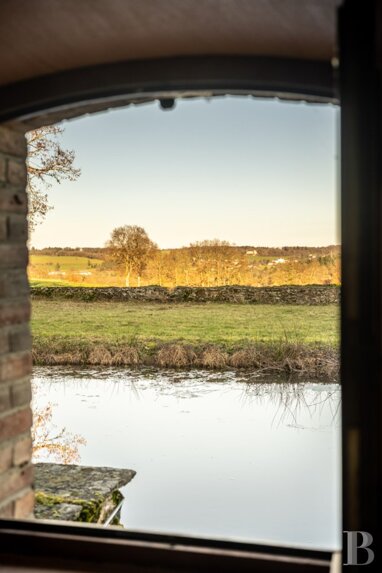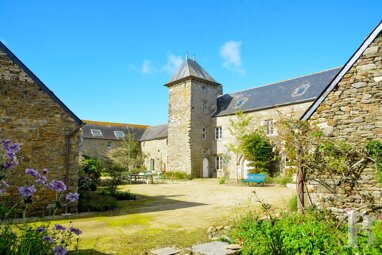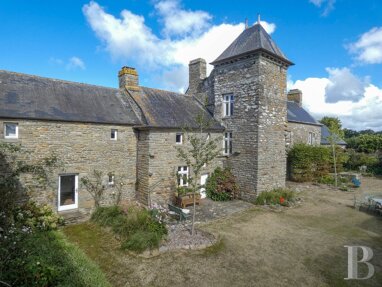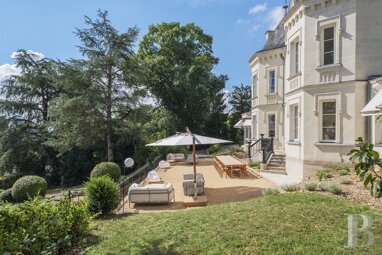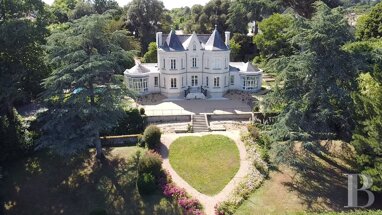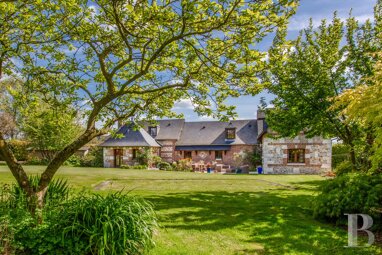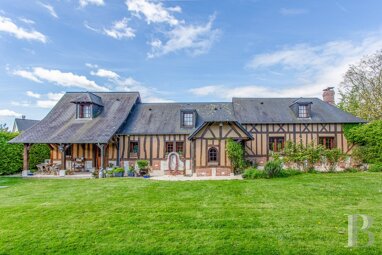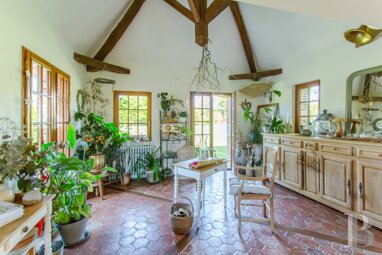10 kilometres southeast of Lille, the Sterckeman house by the architect Paul Chemetov, nestled within a tree-filled garden and surrounded by pastures
10 kilometres southeast of Lille, the Sterckeman house by the architect Paul Chemetov, nestled within a tree-filled garden and surrounded by pastures.
On the northern edge of the Hauts-de-France region and the southern border of the Nord department, 10 kilometres southeast of Lille and a stone's throw away from the Belgian border, the property is located in Avelin, a rural town with 3,000 inhabitants. On the outskirts of Lille, but sheltered from the urban frenzy of France's fourth largest city, the town is primarily agricultural - with approximately 77% of its area covered in farmland, 5% reserved for non-agricultural natural spaces and the remaining 18% occupied by buildings.
The Sterckeman house, named after its first owner, is emblematic of the town of Avelin, equipped with all local shops as well as several monuments that have left their mark on the local architecture: the Saint-Quentin church, built in 1858 by the famous Lille architect Charles Leroy and the chateau of Avelin, a private monument still belonging to the illustrious Ladoucette family. Avelin is also bordered by the public woodland of Phalempin, a green lung for the Lille metropolis. The Mérignies golf course is located 10 minutes away by car, and the same goes for the motorways, specifically the A1, which makes it possible to reach Lille, the former capital of Flanders, the 2004 European capital of culture and a city that attracts many tourists today. Brussels and Paris are 110 and 210 kilometres away, respectively, but France's capital can still be reached in 1 hour by high-speed rail from the Lille-Europe or Lille-Flandres train stations. Lastly, Avelin is easily accessible via airplane, as the Lille-Lesquin airport is only 10 minutes away by car.
Built out of a 5-tonne Corten steel structure and tarmacked breezeblocks in the middle of its garden, the raised black block punctuated with large picture windows, which comprises this singular habitation, is listed on the supplementary inventory for historical monuments. Towards 1970, Christian Sterckeman asked Paul Chemetov, a young architect, to build a house on the Pévèle plain. They met several months earlier for an industrial and commercial building project for the sale and distribution of caravans under the framework of his professional activity. "Living can be camping. A way of settling down without anchoring, of taking hold without taking root". The construction was therefore designed as a prototype for an economical, reproducible, working-class model typical of its time.
Perched on stilts, with its white diagonal triangulation bars, its large skydome windows and plumbing pipe guardrails, the Sterckeman house stands in the middle of a tree-filled garden surrounded by pastures. Everything is within sight.
This is, of course, an architectural decision firmly inscribed in the landscape, as Paul Chemetov notes. Winner of the Grand Prix de l'Architecture in 1980, who at one point declared, "architecture is a moral construct", he designed several emblematic Parisian buildings like the Ministry of Finances in 1989. For him, the traces of the construction and the experience of the materials mattered: "Here and now the courage is to build. Let's leave fashion to the milliners and graphics to the graphic designers". The Sterckeman house, with its concrete, rough breezeblock walls, exposed bricks and red metal framework, is basically a manifesto in action: that of Paul Chemetov's societal engagement as a protagonist for the recognition of metallic structures.
The HousePast the entrance in the blue wall that encloses the garden, is an open-air passageway, bordered by bricks painted in sky blue. The latter frames the start of a long concrete pathway that leads to an iron staircase, bordered by a red plumbing pipe guardrail, from which the house is accessible.
To the east of the main ...




